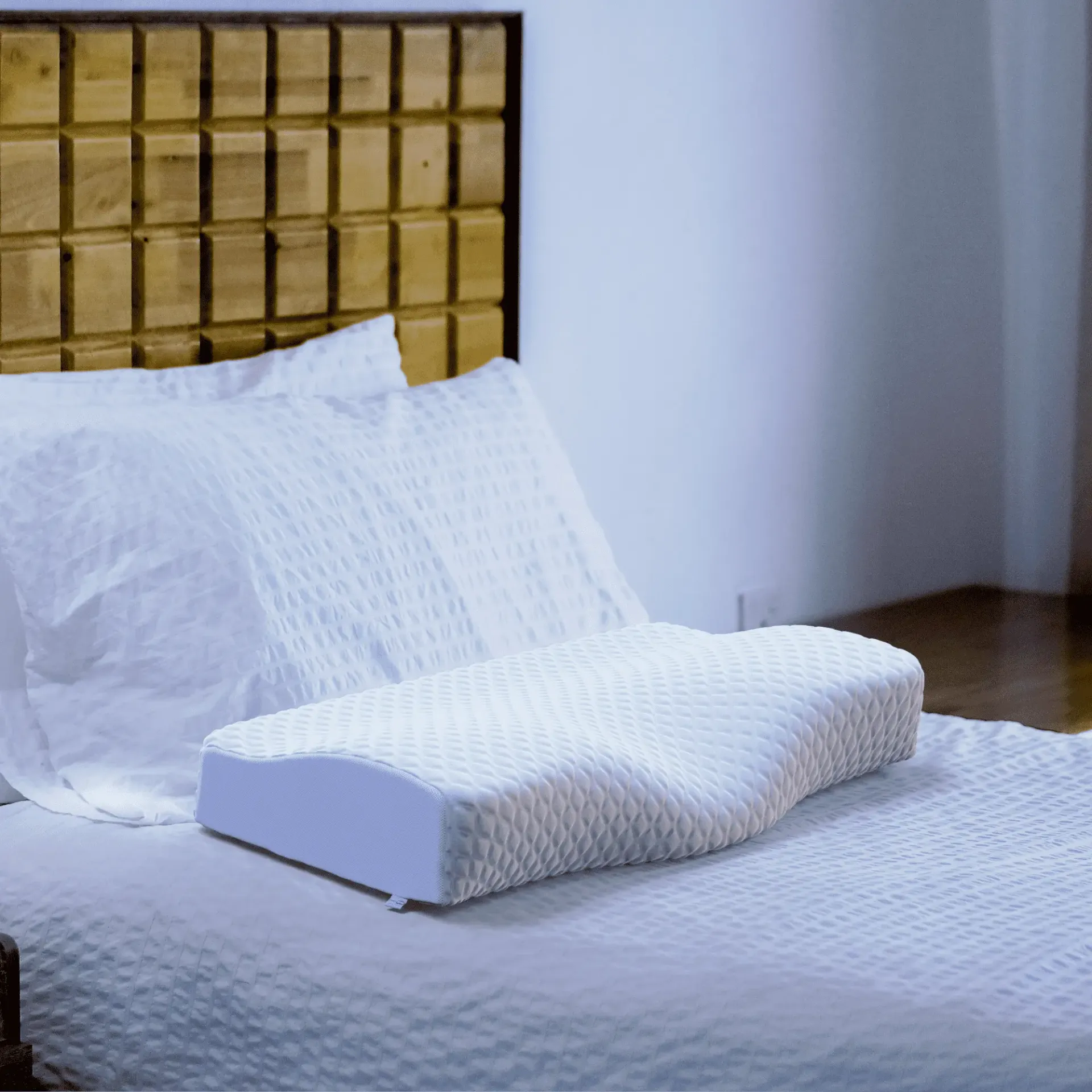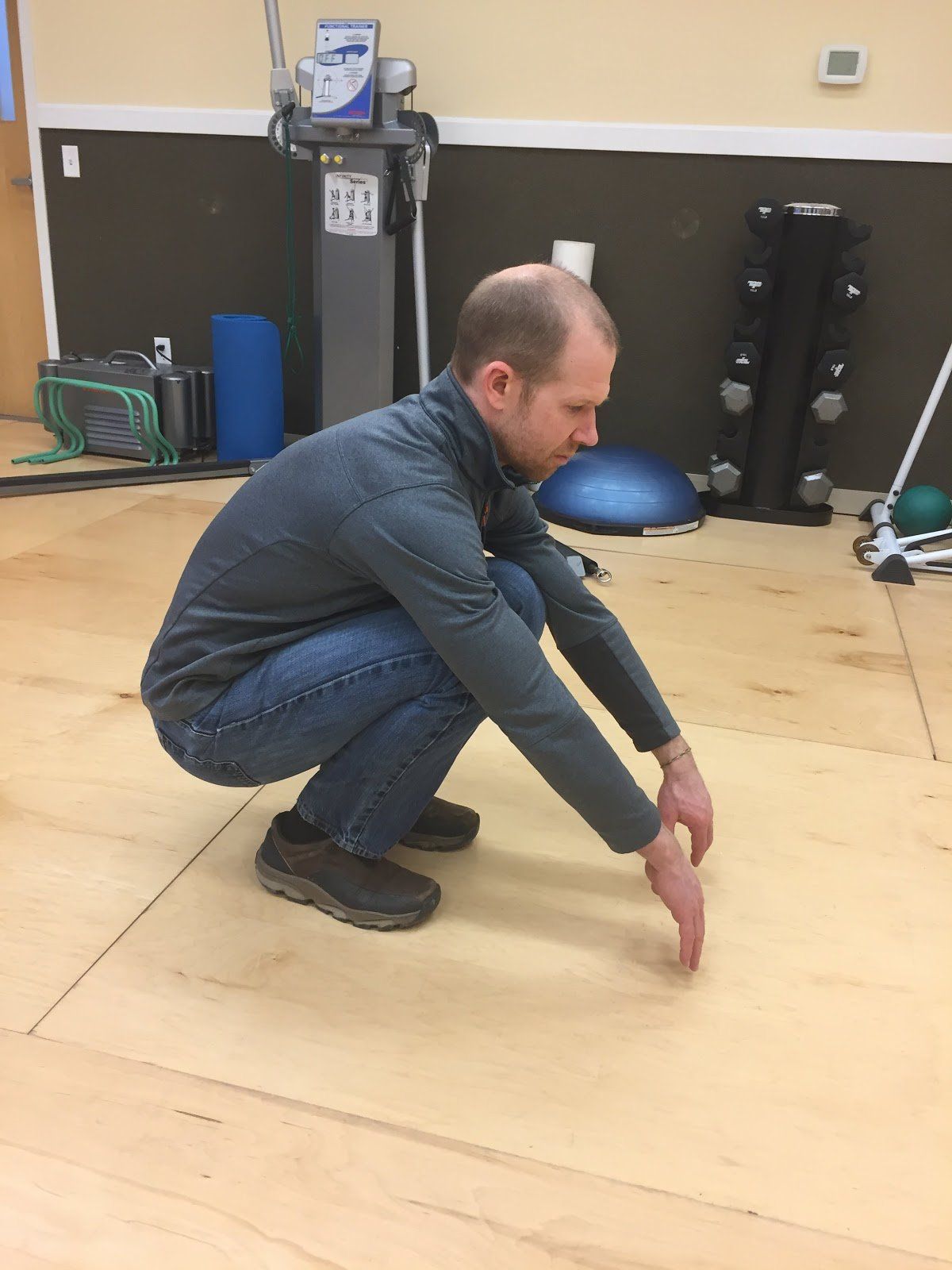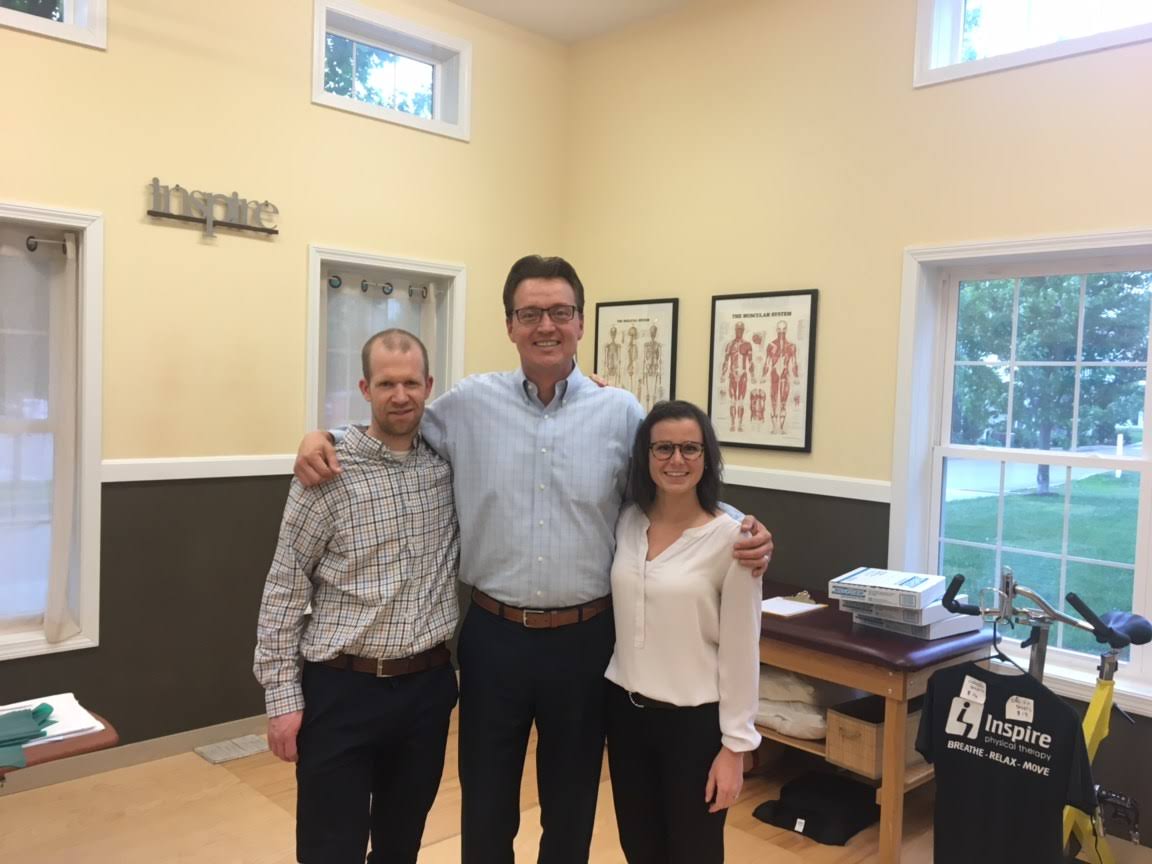JAW DEVELOPMENT AND BREATHING
Not long ago a PRI colleague recommended “Jaws: The Story of a Hidden Epidemic”. It tells the story of how our Western diets of soft foods and our habit of mouth breathing have lead to problems both with tooth alignment (malocclusion) and more importantly jaw development and breathing issues including sleep apnea - which itself is a precursor to other, even more serious health issues. If you are interested in the details, the book is well worth reading!
The things that I took from the book that can easily be applied to my own life as well as the lives of my clients are:
Buteyko method to clear nasal congestion (as described at https://buteykoclinic.com/nose-unblocking-exercises/
-
Sit upright on a straight-backed chair.
-
Normalise and calm your breathing. Take a small breath (two seconds) in through your nose, if possible, and a small breath out (three seconds). If you are unable to take a breath in through your nose, take a tiny breath in through the corner of your mouth.
-
Pinch your nose and hold your breath. Keep your mouth closed.
-
Gently nod your head or sway your body until you feel that you cannot hold your breath any longer. (Hold your nose until you feel a relatively strong need for air.
-
When you need to breathe in, let go of your nose and breathe gently through it, in and out, with your mouth closed. Avoid taking a deep breath when you breathe in, and calm your breathing as soon as possible by focusing on relaxation. Repeat to yourself ‘relax and breathe less’.
-
Continue to do this exercise until you can breathe through your nose fully. If your nose does not become totally unblocked, wait about one minute and perform this exercise again. Initially you may need to do this a number of times before your nose is completely unblocked.
GOPex exercises (Good Oral Posture Exercises) as described in Jaws:
-
Practice meaningful chewing to build jaw musculature. Try to chew 15-20x with each mouthful - you may have to build up to this.
-
Learn to swallow with your teeth together
-
Close your mouth when not in use
-
Use your nose for breathing even when exercising (you will reach an intensity when nose breathing becomes insufficient). Personally, I have found that these devices that help keep your nostrils open make this much easier. https://www.amazon.com/Snoring-Solution-Congestion-Effective-Reusable/dp/B07DSTZ4KM/ref=sr_1_5?keywo...
-
Stand in front of a mirror and practice smiling for 30 seconds/day to improve facial muscle tone. The corners of your mouth should go up evenly and you should feel relaxed. (This feels weird to do at first, but I'm working on it)
Other recommendations throughout the book are:
-
Rest with your tongue lightly on the roof of your mouth with your teeth lightly touching. In the past I have heard it suggested that the lips should be sealed but teeth slightly apart. I called PRI and asked if they had a bias one way or another - either teeth lightly touching or just slightly apart should be fine. However, if the way your teeth touch puts you into a pattern, you will be better off with your teeth slightly apart or you may need to get a dental splint.
-
Chewing gum for 30mins/day is good jaw exercise. Do it with your lips closed and breathe only through your nose. Make sure to chew on both sides and keep your teeth together as you swallow.
-
If you have a child, ideally breastfeed for at least a year and during that time try not to bottle feed. Lightly pinch an infant’s lips together after nursing to encourage nose breathing. Avoid pacifiers until weaning is complete. Teach kids to keep their mouths closed when not eating or talking.
If you are interested in learning more you can purchase the book at:








